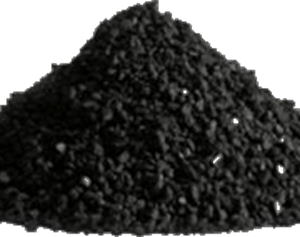Description
Ammonium Chloride
From Wikipedia, the free encyclopedia
Ammonium chloride or Sal Ammoniac(chemically ammonium chloride (NH4Cl); also salmiac, nushadir salt, zalmiak, sal armagnac, sal armoniac, salmiakki, salmiak and salt armoniack) is, in its pure form, a clear white water-soluble crystalline salt with a biting, slightly sour taste. The aqueous ammonium chloride solution is mildly acidic.
In nature, the substance occurs in volcanic regions, forming on volcanic rocks near fume-releasing vents. The crystals deposit directly from the gaseous state, and tend to be short-lived, as they dissolve easily in water. It is easy to produce artificially and is often created as a byproduct of other industries.
Uses
Prepared commercially by reacting ammonia, NH3, with hydrogen chloride, HCl:
NH3 + HCl –› NH4Cl
Historically it was considered one of the four alchemical “spirits”. While the way that it dissociates into two corrosive materials (ammonia and hydrochloric acid) which attack metals convinced some eager alchemists that it might hold the key to converting one metal to another, Arabs used it as a source of ammonia:
2NH4Cl + 2CaO –› CaCl2 + Ca(OH)2 + 2NH3
It is sold in blocks at hardware stores for use in cleaning the tip of a soldering iron and can also be included in solder as flux.
Other uses include a feed supplement for cattle, in hair shampoo, in textile printing, in the glue that bonds plywood, as an ingredient in nutritive media for yeast, and in cleaning products. It is the active ingredient in many antiperspirants, usually aerosols.
Ammonium chloride is used in snow treatment, namely on ski slopes at temperatures above 0 °C, to harden the snow and slow its melting.
Ammonium chloride is also used in the production of amino acids from aldehyde.





